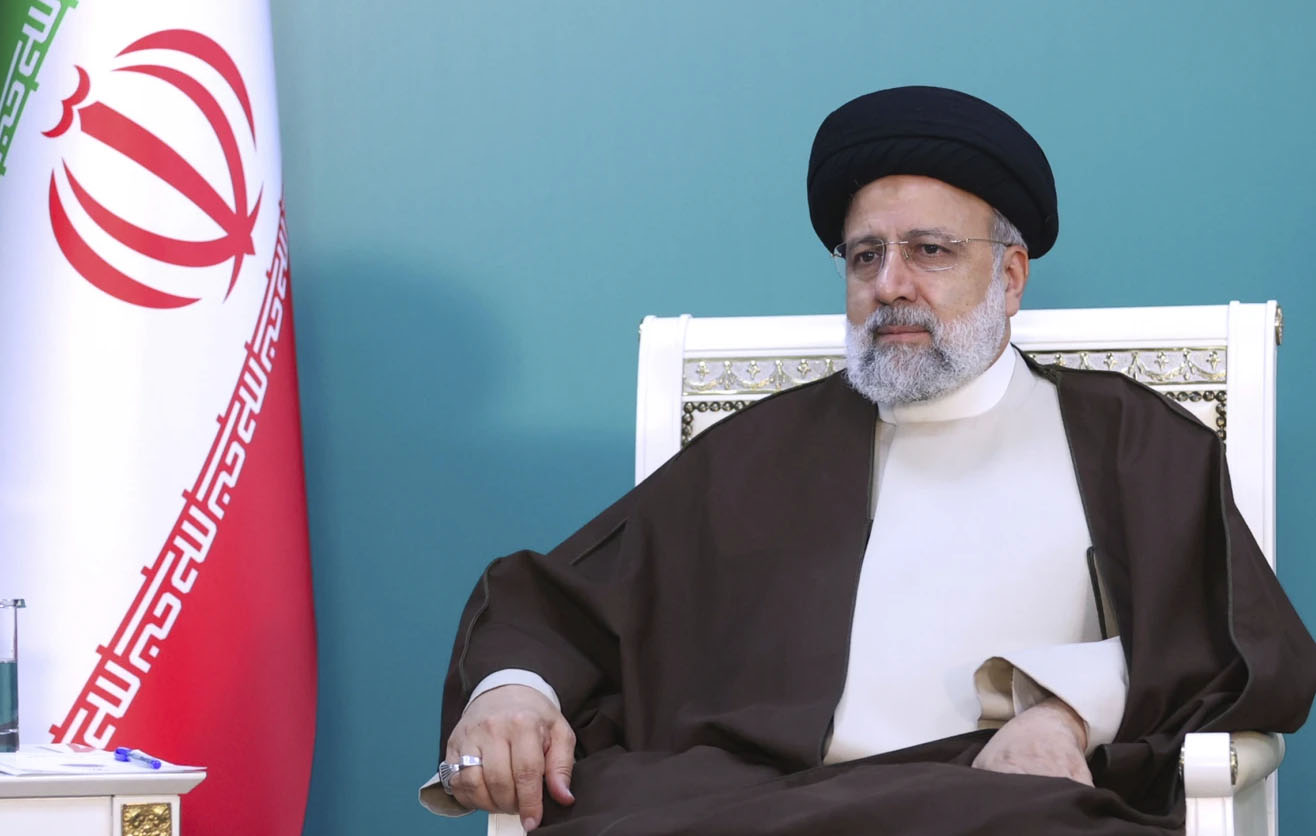
Photo Credit: Associated Press
A somber cloud hangs over Iran as the nation mourns the loss of its president, Ebrahim Raisi, and its foreign minister, Hossein Amir-Abdollahian. The tragic incident occurred when their helicopter crashed in the mountainous province of East Azerbaijan during a return trip from the Iran-Azerbaijan border.
The Helicopter Crash
The ill-fated helicopter, carrying a total of nine passengers, encountered heavy fog as it navigated the treacherous terrain. Despite a valiant search-and-rescue effort involving international assistance, the crew faced insurmountable challenges due to the fog and plummeting temperatures. Tragically, there were no survivors among those on board.
Political Turmoil
President Raisi’s sudden demise has sent shockwaves through Iran’s political landscape. Arash Azizi, a contributor at The Atlantic, predicts a “tumultuous period” ahead. While factional infighting may intensify, Azizi believes that the constitutional process will guide the transition. Within 50 days, Iran will hold elections to determine the next leader. As history has shown, such moments of crisis often lead to public demonstrations and protests.
Ebrahim Raisi’s Legacy
Ebrahim Raisi, 63, had a controversial legacy. His tenure in the Iranian judiciary was marked by decisions that sparked heated debates. Some Iranians view his passing with indifference, given his role in past events, while others recognize the gravity of losing a sitting president. Regardless of personal opinions, the nation now faces an uncertain future without his leadership.
As the Iranian flag flies at half-mast, citizens grapple with grief and uncertainty. The power vacuum left by President Raisi’s death will undoubtedly shape the country’s trajectory. Amidst the mourning, Iran must navigate the delicate balance between stability and change. The tragic helicopter crash serves as a stark reminder of the fragility of life and the weight of leadership responsibilities.

















